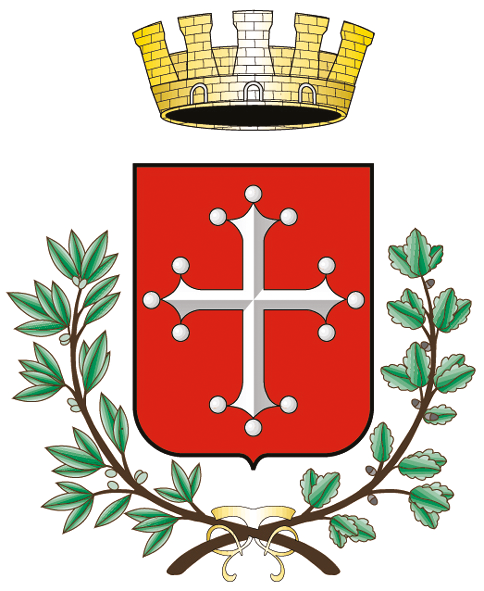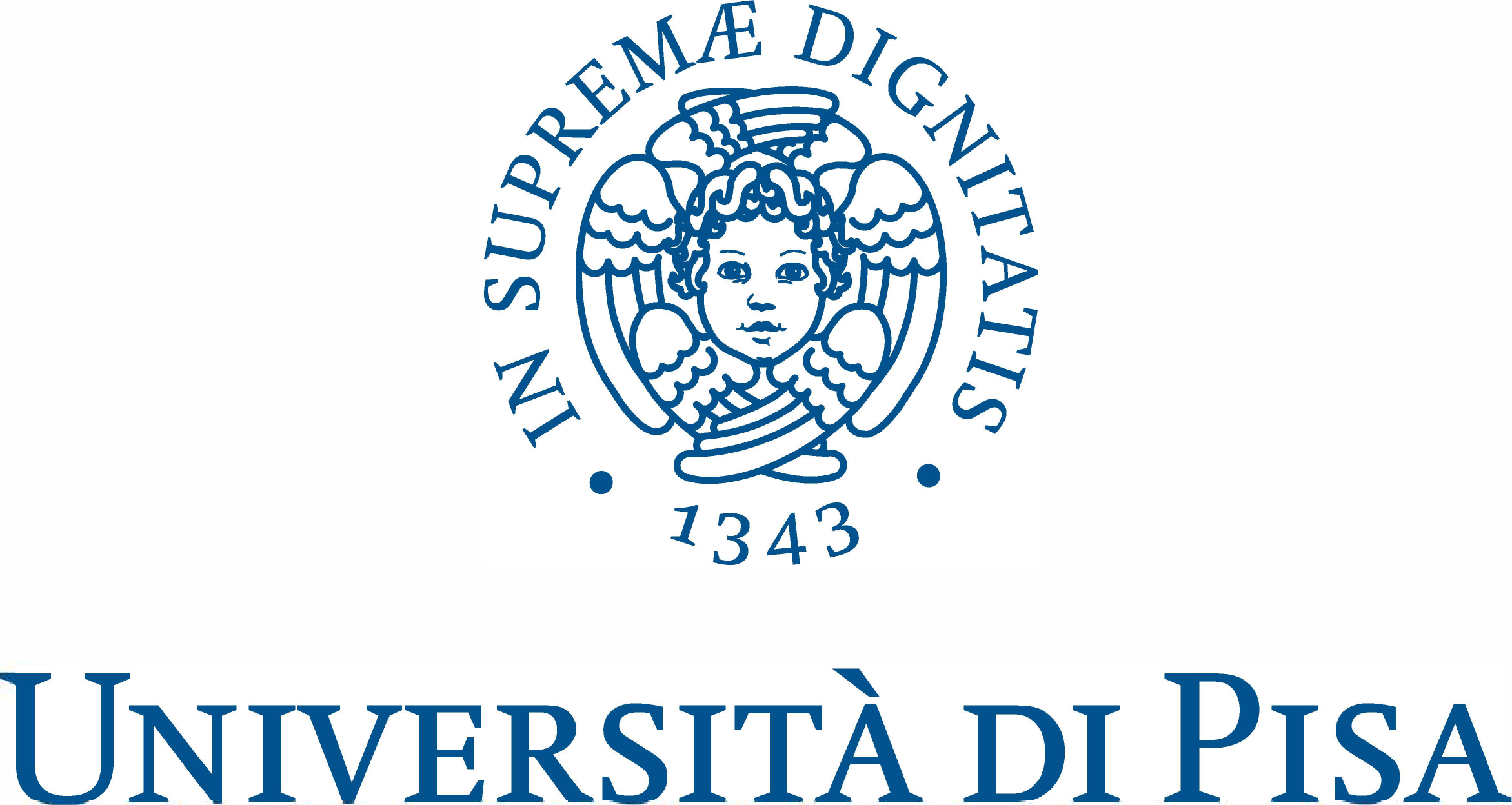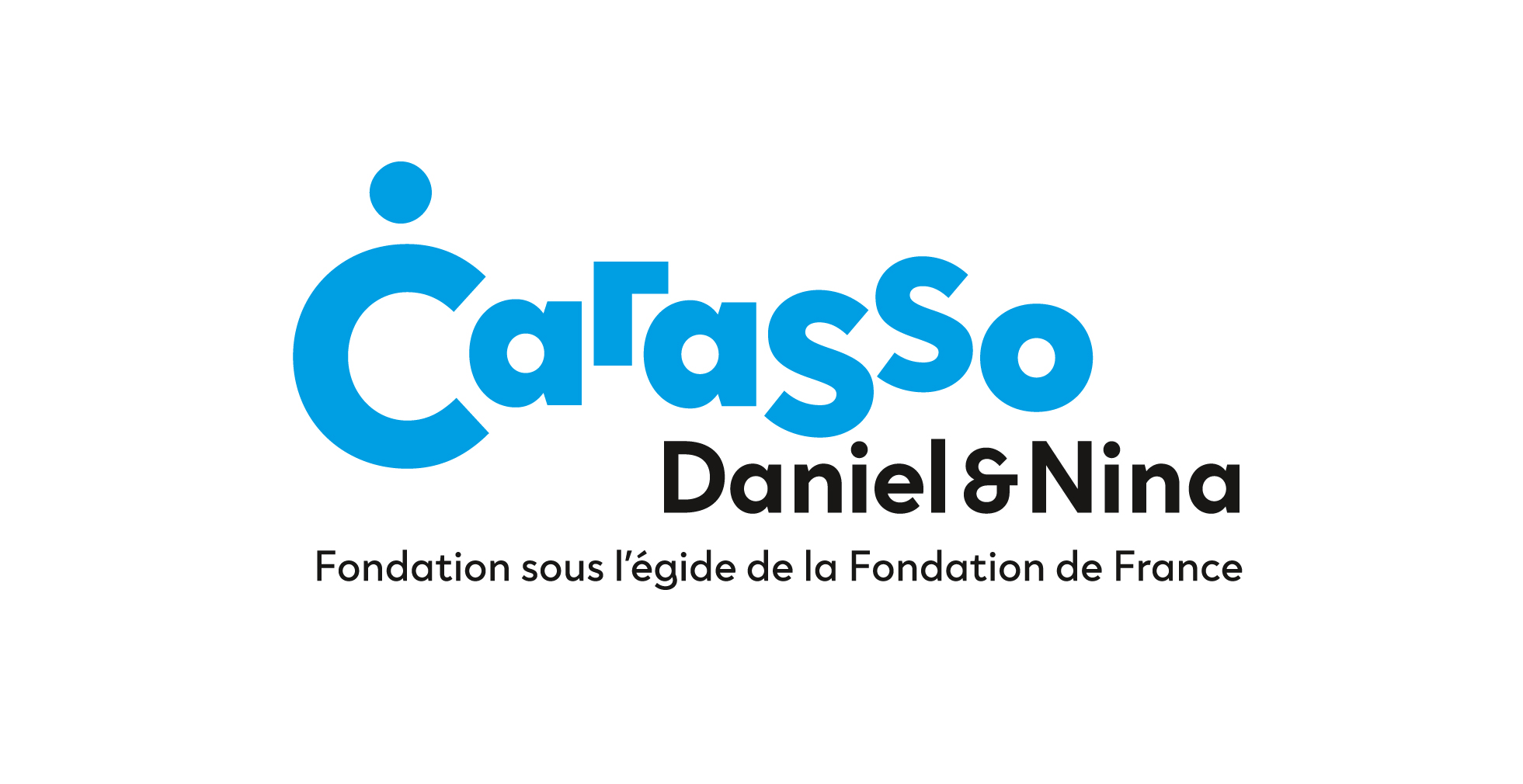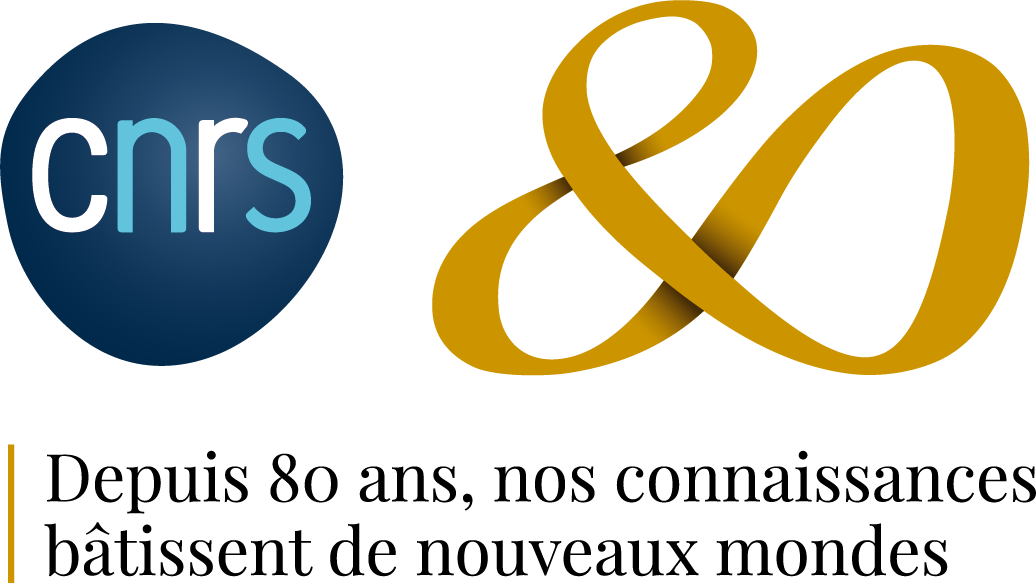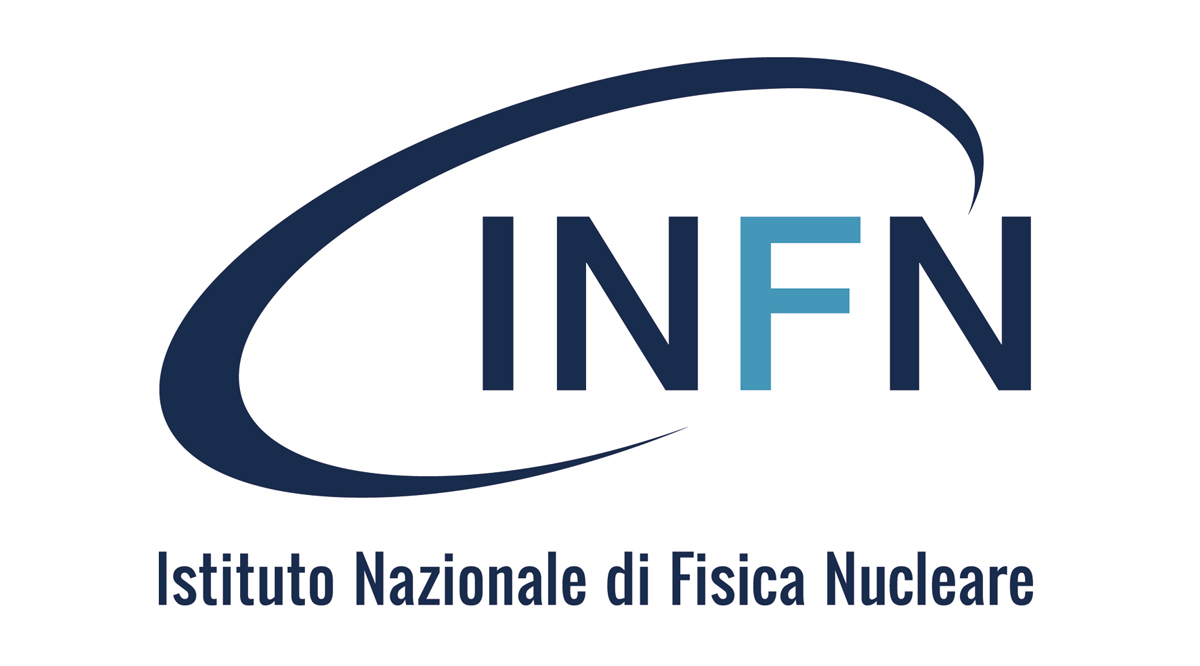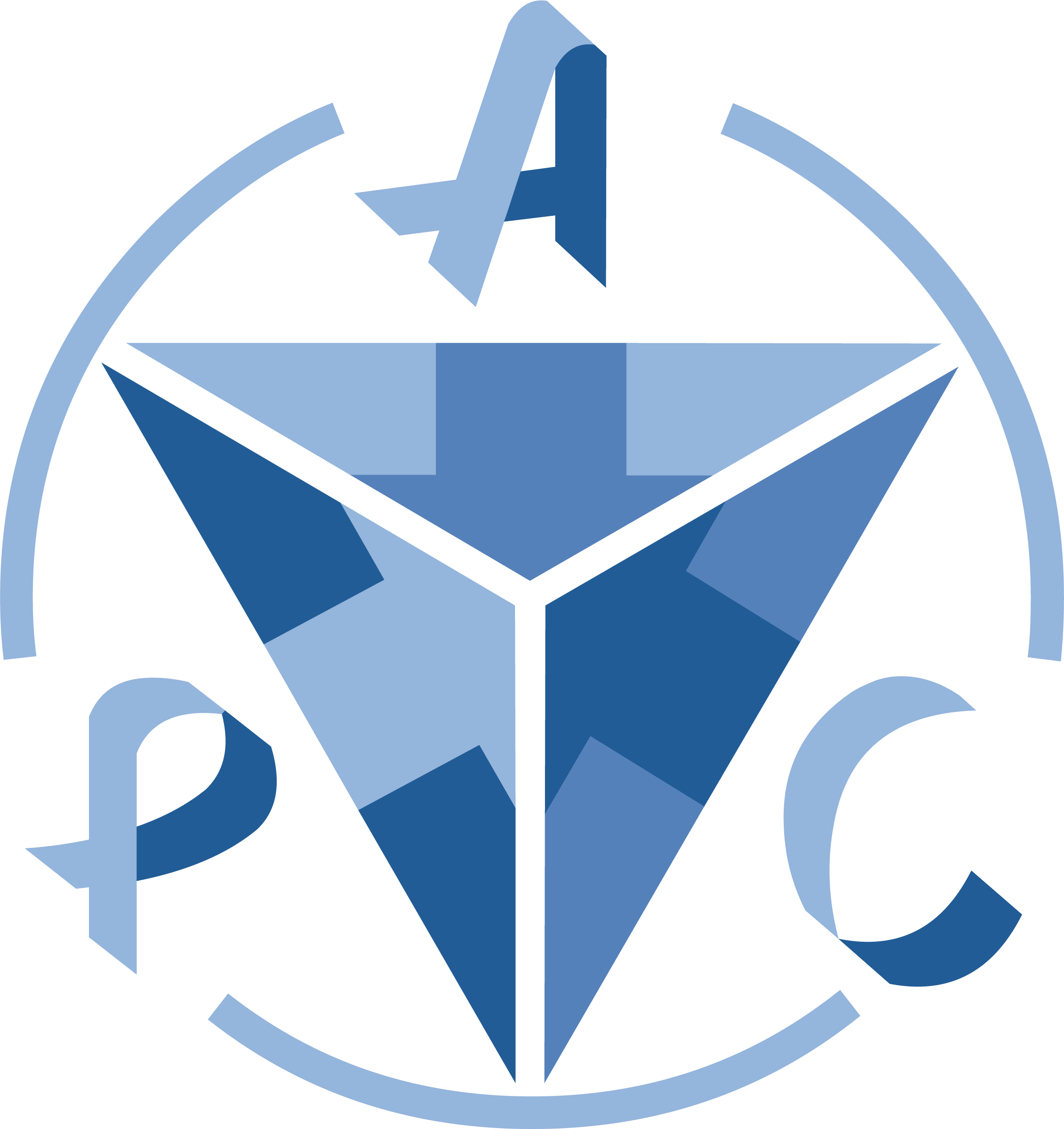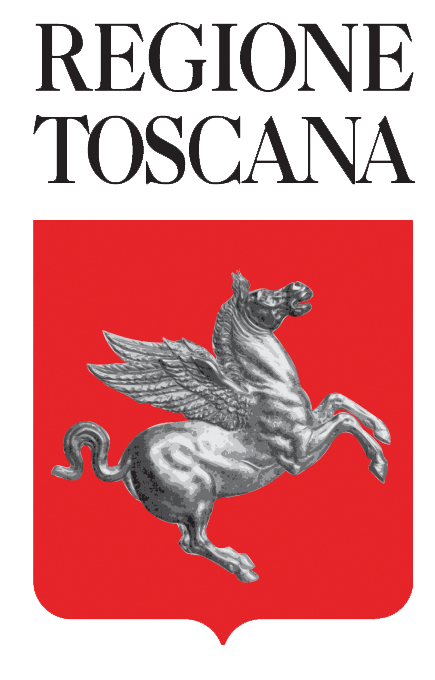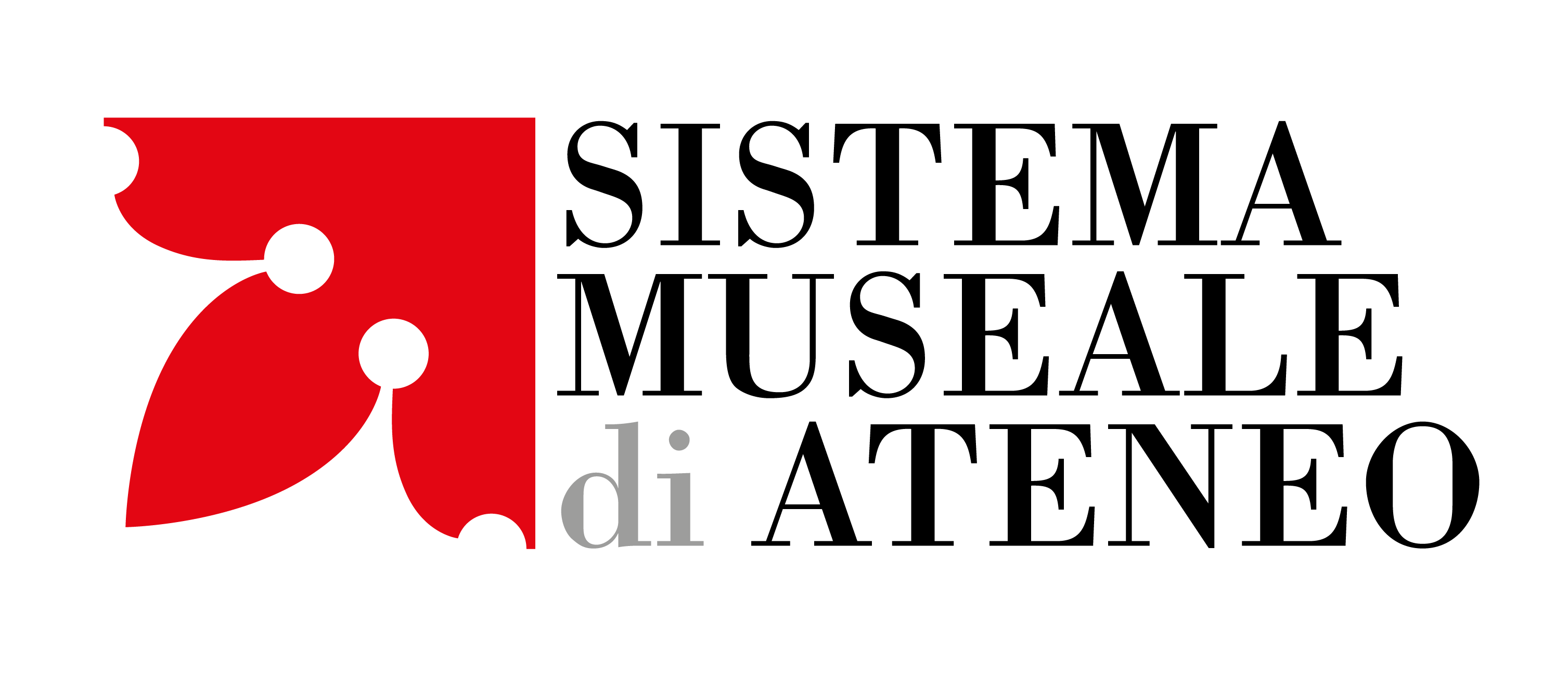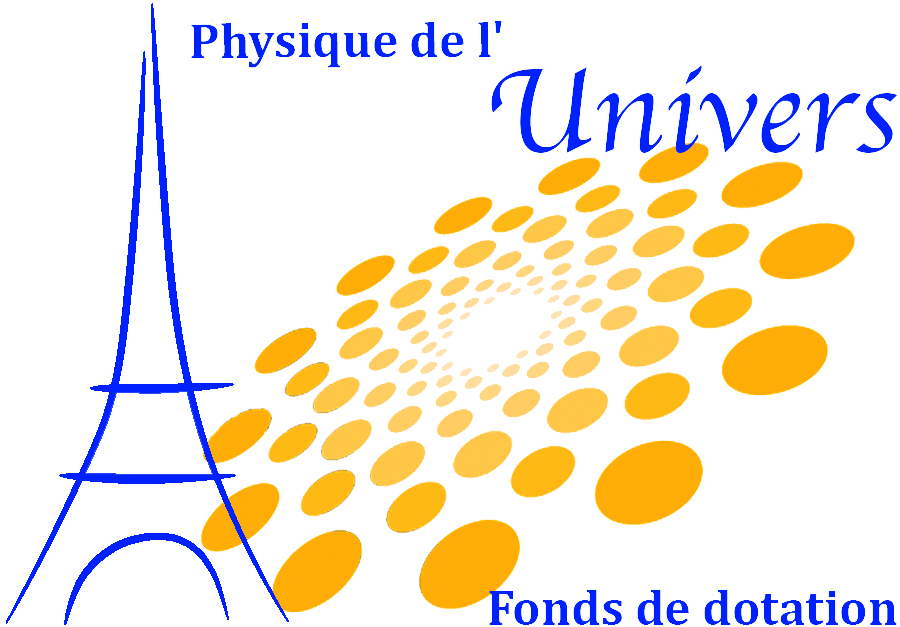A quasi random walk among the works and concepts
Prof. Stavros Katsanevas
Director of the European Gravitational Observatory
The recent discovery of gravitational waves provided another clear proof, that space-time is deformable and that it is not a fixed eternal framework, an indifferent and/or immobile spectator of objects inside it. As Einstein predicted, space-time possesses plasticity reacting to the presence or movement of mass and energy. Current bold speculations would go one step further and make space-time an “emergent” property of quantum objects in entanglement. One could further ask, what is the role of singular points and borders (centre, origin, singularities/black holes, horizon) in the constitution of the space-time fabric? In this view, matter itself is also taken into the cosmic dance. Are matter-constituents individuated objects or rhythms of fields pervading space-time, forming its “atmosphere”? What is the “scaffolding” contribution of ”dark” entities (e.g. dark matter and energy) to the formation of structure? The theoretical and practical concepts of Space, Time and Matter, central themes of art and science but also society can oscillate now between invariance and variability, individuation and emergence. The works of Liliane Lijn’s “Gravity’s dance”, Tomas Saraceno’s “How to entangle the Universe in a spider web and Cosmic levitation”, Attila Csorgo’s “Ursuppe , Platonic Love and Squaring the circle”, Bertrand Lamarche’s “Replique (Baphomètre)”, Letizia de Maigret’s “What’s nest and Oeil Horizon” as well as the INFN immersive installation “Bending “Space-Time” give a poetical as well as reflective restitution of these issues.
These same discoveries, have notoriously added space-time vibrations, the “rhythm” or in some sense the “sound” of space, to the millenary apprehension of the Universe as a sublime but silent visual image. The newly acquired multimodality of apprehension of the Universe takes the issues of representation beyond the metaphysics of light and shadow towards the possibility of “acoustic” apprehension of the rhythms of formation and evolution of structure, from quarks to the Cosmos. The works of Gorka-Alda/Aitor-Ortiz “Link”, Raphael Dallaporta “GW181124”, and the immersive CNRS installation “Cosmic Sofa”, sonified with the help of the blind astronomer Wanda Diaz-Merced question the ways we apprehend, through our senses, the world around us. Rhythm, the order of movement according to Plato, keeping the measure of the past but open to improvisation in the future, becomes again a metaphor of action.
Then, the tight coupling and need of protection of the gravitational wave antennas from the environmental noise produced by daily and secular rhythms becomes another exemplification of the fragile insertion of humanity in its earthly environment. The embedding of our infrastructures, from industry to observatories and works of art in the environment, as well as the ways of creation of myth, value and profit in contact with this environment, is another question touched by this exhibition. An embedding that needs to go beyond adaptation or dominance and take into account the mutual interdependence. These interrogations also question the texture, plasticity and resilience of matter, as object of our industrial, scientific, artistic or artisan activity. When does inflexibility transform an object into a measuring device? When does plasticity transforms it into a representation medium (stone, plaster, engraving, photography, digital media)? The works of Tomas Saraceno’s “Aerocene 1.3”, Raymond Galle’s “Ring of Salt”, Jol Thomson’s “ A Borderline Conception Lying at the Extreme Edge of the World of Appearances”, the galena stone of the collection Giazotto, the photos of the garden “Little Sparta” of Michael Jacobs, the studies of “Glass Works 2.0” by Arnaud Dubois and the video “ Cosmic Amphitheatre” by Ersi Krouska, filming a potter constructing a “black hole” vase, touch upon these issues among many others.
Last but not least, the “multi-messenger” nature of the discovery prompts a questioning of the concepts of message and communication, from Marconi to today. Communication and messages form the societal space, time and matter in which we live, affecting individuality and impacting our rhythms of life. We need to rethink information in a context of large density of interaction. Noise and signal have become our common environment. As Freeman Dyson once said “the preservation of life is not a matter of energy, but of this of signal over background”. Furthermore, closing the circle and coming back to the questions of the beginning, one could even ponder whether, as some theorists say, space-time is an emergent property of an underlying, “spider” web of information. The work of Pavel Buchler “Dialogo Sopra I Due Massimi Sistemi del Mondo” ,the Marconi Coltano station exhibits, and the immersive Multi-messenger room of EGO, touch these issues and many more.
Closing, if one searched for a metaphor pervading all the works of art and immersive science of the exhibition “The Rhythm of Space”, the closest would be, as remarked by Heinz Wismann in the exhibition catalogue, the Deleuzian metaphor of inter-expressivity of the swimmer and the sea. The swimmer by swimming forms the water of the sea around her but also water of the sea obliges the swimmer to follow a certain path and thus forms her in return.
MUSEO DELLA GRAFICA
Palazzo Lanfranchi
Lungarno Galilei, 9
56125 Pisa - Italia
https://museodellagrafica.sma.unipi.it/
Open Hours
Monday - Sunday: 9am – 8pm
Follow
Key words for social share
@ego_virgo @CNRS @INFN_ @IN2P3_CNRS @APC_Laboratory @art_citoyen #GravitationalWaves #Ondegravitazionali #Blackholes #ArteScienza #RitmoSpazio19 #Spazio #Contemporaryart #Marconi #ComunediPisa #Unipi #MuseodellaGrafica
EGO-Virgo
Via E. Amaldi
56021 Cascina - Italia
https://www.ego-gw.it/
Sponsored by:

